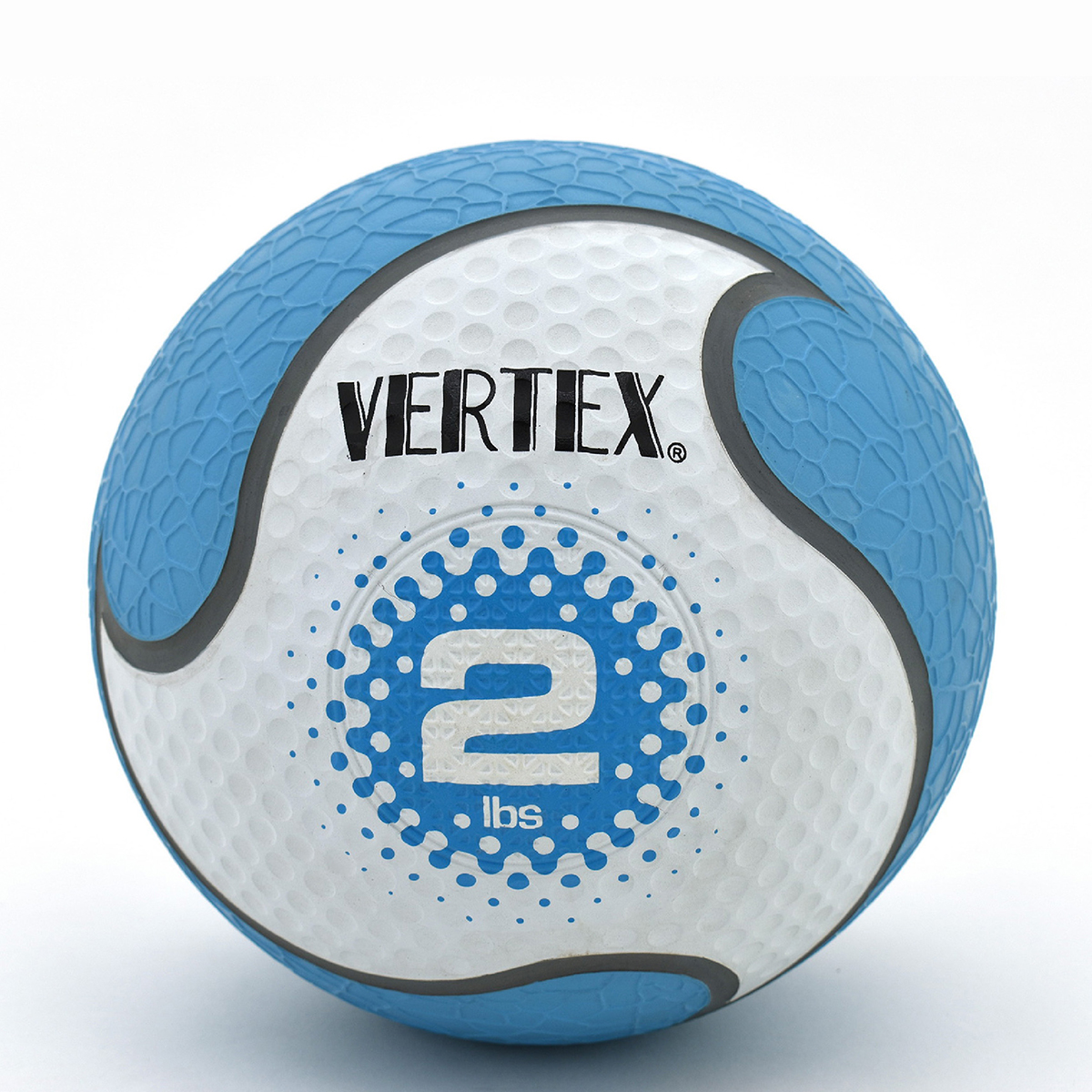What Is a Medicine Ball & How to Choose the Right One?
Definition and Uses of Medicine Balls:
A medicine ball is a weighted exercise tool shaped like a ball, typically made of durable rubber, synthetic leather, or genuine leather, and filled with materials such as sand or steel pellets. It is commonly used for:
-
Improving strength and power
-
Enhancing core stability
-
Developing coordination and balance
-
Performing dynamic or functional training
Medicine balls are popular in strength training, physical therapy, and athletic conditioning due to their versatility and effectiveness.
How to Choose a Medicine Ball: Key Considerations:
1. Weight & Size:Medicine balls come in various weights, usually ranging from 1 lb to 50 lbs . Beginners should start with a manageable weight and gradually progress.
- Larger medicine balls are ideal for throws and slams.
- Smaller medicine balls are better for single-hand use and core work.
2. Material & Durability:Most medicine balls are made of high-quality rubber or leather. Choosing a product with durable, non-slip texture ensures a longer lifespan and better handling.
3. Handle Design (if applicable):Some medicine balls come with built-in dual handles. This design is useful for rotational or swinging movements, offering improved control and safety.
4. Training Purpose:Make sure the design and weight match your workout needs — whether you're training for power, core stability, functional movement, or rehabilitation.
5. Safety First:Always use medicine balls in a safe, open area to avoid accidents. Choose appropriate weight levels and practice correct form to reduce the risk of injury.
How to Choose the Right Weight:
1. Lightweight (1–3 kg / 2–6 lbs): Suitable for beginners, light core work, or rehabilitation.
2. Standard Weight (4–6 kg / 9–13 lbs): Most common range for general strength and fitness training.
3. Heavyweight (7 kg / 15 lbs and up): Best for advanced users focusing on explosive power and strength development.
Tip: A ball with a diameter of 25–35 cm is most commonly used.
Types of Medicine Ball Materials:
- Rubber Medicine Balls: Durable with good bounce, ideal for slam or rebound exercises. Anti-slip textures help improve grip.
- Leather Medicine Balls: Made with synthetic or genuine leather, softer in feel, and suitable for partner or wall-based drills.
- Sand-Filled (Soft Shell) Medicine Balls: Unstable center of gravity due to sand filling, helping improve coordination. Soft exterior reduces injury risk during impact.
How to Maintain a Medicine Ball:
- Rubber Medicine Balls:
-
-
Avoid direct sunlight and heat (e.g., cars, balconies) to prevent hardening or discoloration.
-
Store in a cool, dry place to extend lifespan.
-
- Leather Medicine Balls:
-
Clean regularly using leather conditioner or petroleum jelly to prevent cracks.
-
Avoid alcohol-based or harsh cleaners to protect the surface.
- Sand-Filled Medicine Balls:
-
Keep away from moisture; they are not waterproof.
-
If damp, air-dry in a shaded, well-ventilated area — never under direct sunlight.


